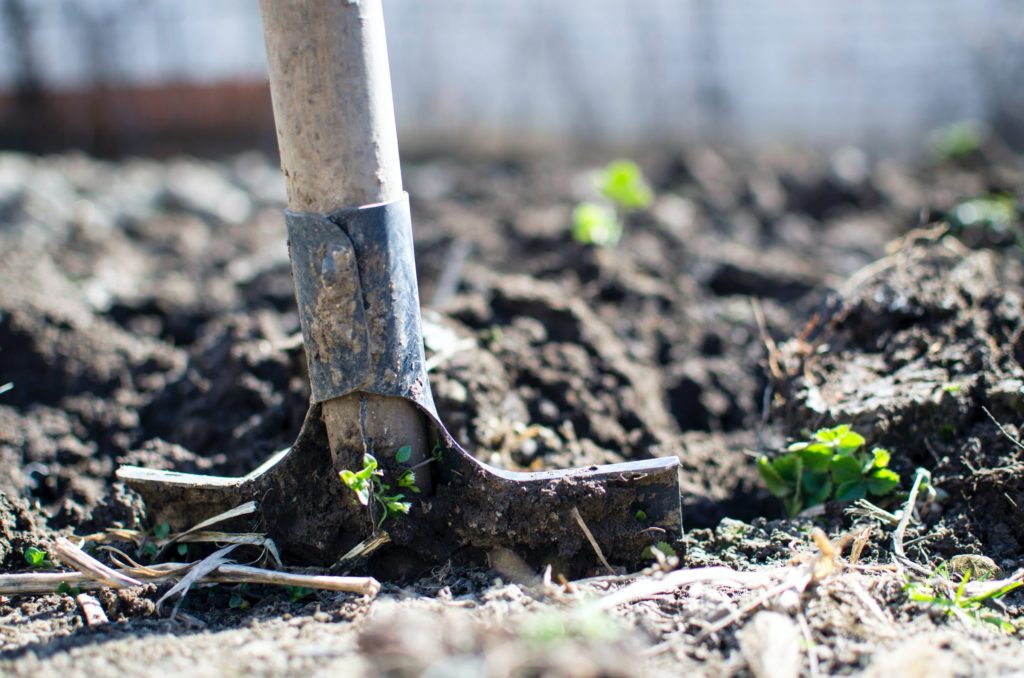
Fertilizer is needed for your garden to grow to its fullest potential; and you happen to have the beginnings of that great fertilizer right in your own kitchen. It’s also a way to reduce the amount of waste you put in landfills.
Compost for your garden creates a rich humus adding nutrients to the soil as well as helping the soil retain moisture, which in turn enriches your yield.
What to Compost?
Think browns and greens!
You will need brown items, such as dry leaves, hay, sawdust, shredded paper or cardboard.
You will need green items. This doesn’t necessarily mean green vegetables. I’m referring to all vegetables and fruit scraps. Green also means “recyclable greens” such as crushed eggshells, coffee grounds and tea bags.
Now layer them, browns/greens/browns/greens, and then turn them at least once a week and remember to keep it all moist, but not wet!
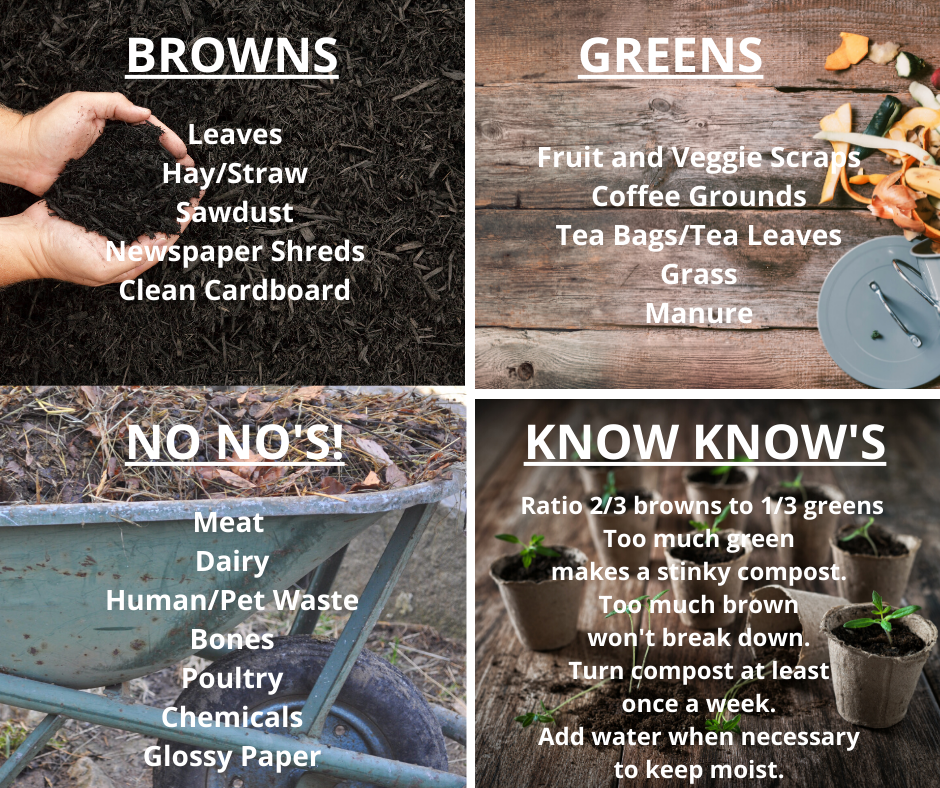
The ratio of your compost is important. For a healthy compost, you need to maintain a balance between carbon and nitrogen. Always keep in mind, your brown’s are considered carbon and your greens are considered nitrogen.
Materials: Carbon or Nitrogen
| Material | Carbon/Nitrogen | Information |
|---|---|---|
| Wood chips / pellets | Carbon | High carbon levels; use sparingly |
| Wood ash | Carbon | Only use ash from clean materials; sprinkle lightly |
| Tea leaves | Nitrogen | Loose or in bags |
| Table scraps | Nitrogen | Add with dry carbon items |
| Straw or hay | Carbon | Straw is best; hay (with seeds) is less ideal |
| Shrub prunings | Carbon | Woody prunings are slow to break down |
| Shredded paper | Carbon | Avoid using glossy paper and colored inks |
| Seaweed and kelp | Nitrogen | Apply in thin layers; good source for trace minerals |
| Sawdust pellets | Carbon | High carbon levels; add in layers to avoid clumping |
| Pine needles | Carbon | Acidic; use in moderate amounts |
| Newspaper | Carbon | Avoid using glossy paper and colored inks |
| Leaves | Carbon | Leaves break down faster when shredded |
| Lawn & garden weeds | Nitrogen | Only use weeds which have not gone to seed |
| Green comfrey leaves | Nitrogen | Excellent compost ‘activator’ |
| Grass clippings | Nitrogen | Add in thin layers so they don’t mat into clumps |
| Garden plants | — | Use disease-free plants only |
| Fruit and vegetable scraps | Nitrogen | Add with dry carbon items |
| Flowers, cuttings | Nitrogen | Chop up any long woody stems |
| Eggshells | Neutral | Best when crushed |
| Dryer lint | Carbon | Best if from natural fibers |
| Corn cobs, stalks | Carbon | Slow to decompose; best if chopped up |
| Coffee grounds | Nitrogen | Filters may also be included |
| Chicken manure | Nitrogen | Excellent compost ‘activator’ |
| Cardboard | Carbon | Shred material to avoid matting |
Compost Bins!
Now where do you store this compost?
You can purchase a compost bin or make your own. My son, Jace bought us one several years ago and it’s great, but you can easily make your own and save money! Here are a couple of ideas:
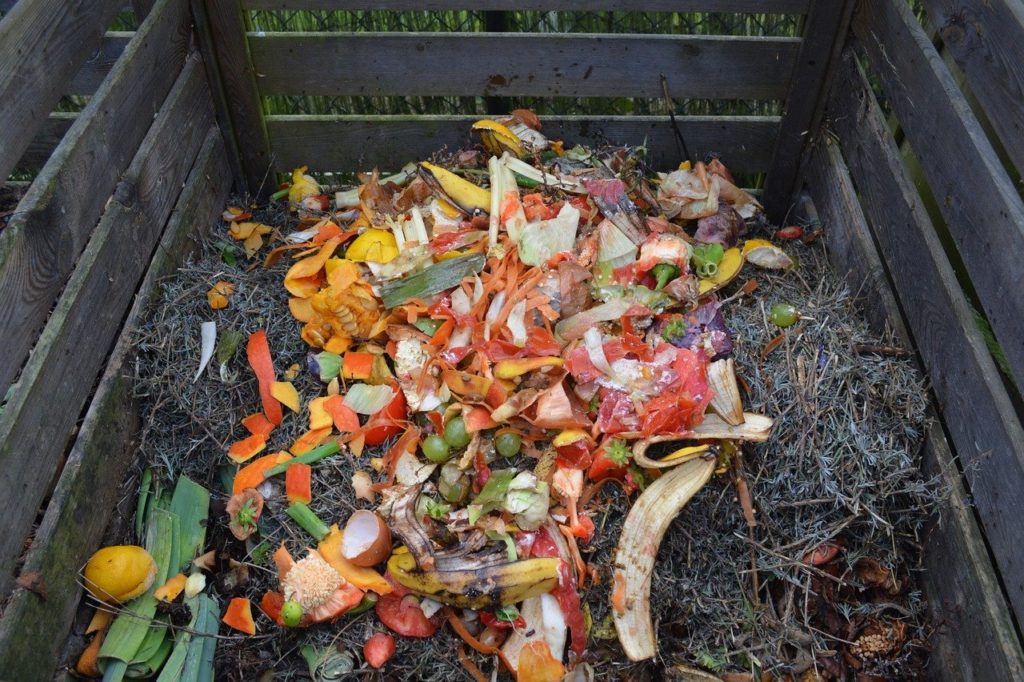
Image by Ben Kerckx from Pixabay 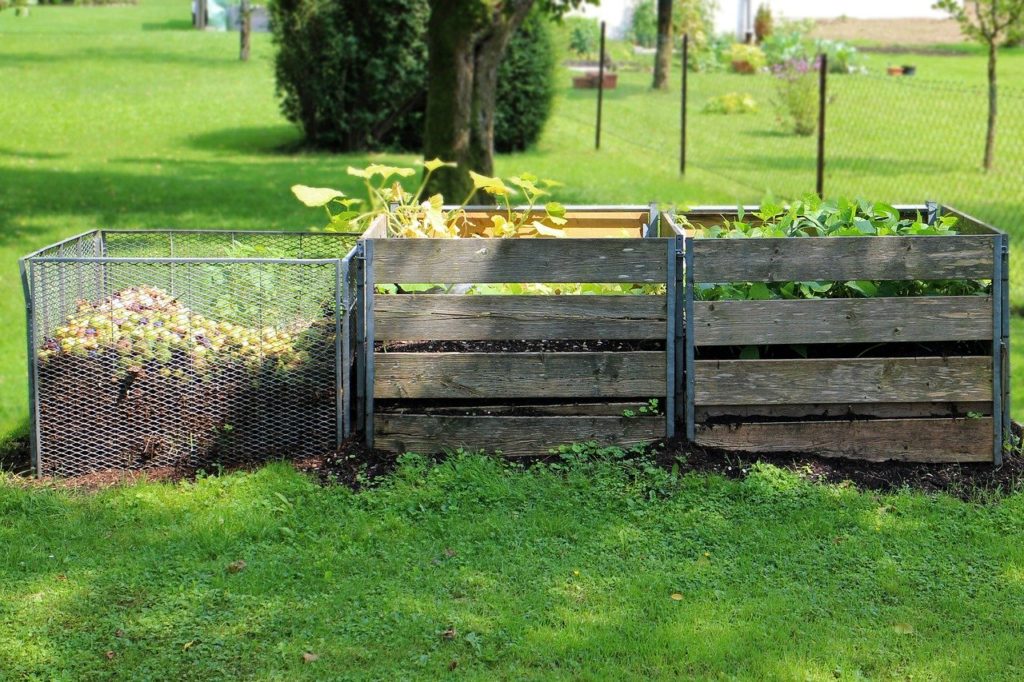
Image by Manfred Antranias Zimmer from Pixabay
Be sure to check out Steve and Kathy’s compost ideas at The Garden Glove, they have some great DIY bins. I know you will be able to find the right one for you and your space. Check these beauties out!

…And Where Do You Store The Compost Bin?
What type of container you choose may depend on where you place your compost pile. If you are building a containment for your compost you don’t need a bottom, you can clear the grass and place it directly on the soil. That way you have great drainage.
Do you have neighbors close by? If so, you will want to be “neighborly” and not place your compost too close to them or upwind of their picnic area! YUCK!
Placing your compost within reach of your water hose is ideal, making it more convenient to keep your compost moist.
Non-Compost Items
Things that should not go into your compost are the following:
- Meat
- Bones
- Human or Pet Waste
- Poultry
- Dairy
All of these items can create a horrible smell and attract wild life. It would be a fragrant invitation to see wotcha got. Trust me, you don’t want a mess like that! In addition, these items also slow down the composting process.
How Will I Know That It’s Ready?
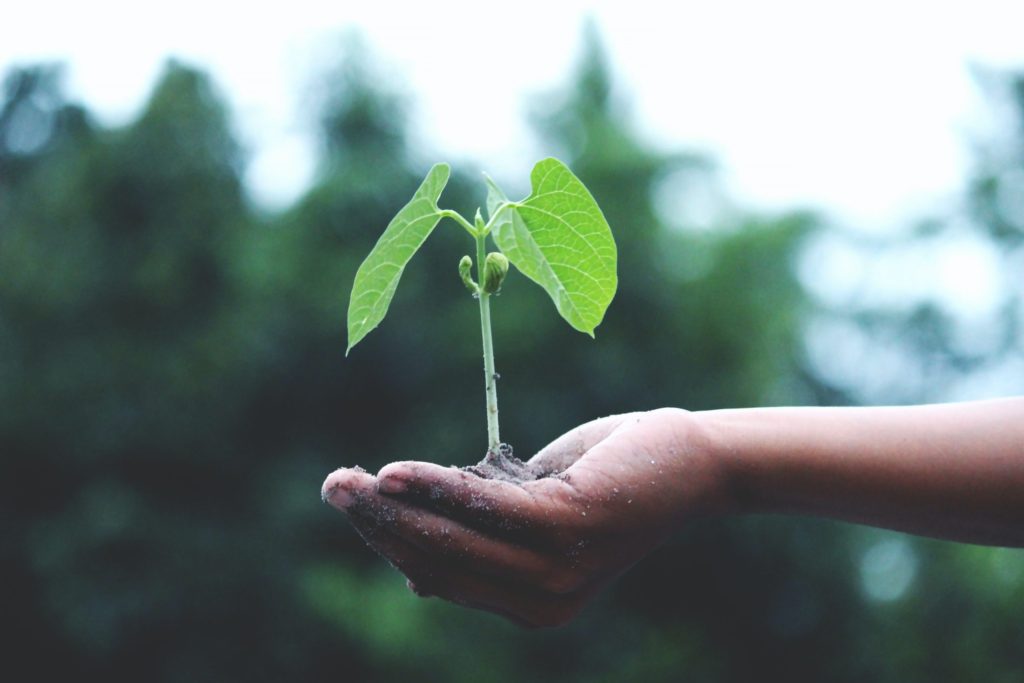
Your compost is ready when it has a soil-like appearance. You can then use it in your garden and on your lawn. Some people even use it on their houseplants, I have tried this but I got an infestation of fruit flies, so I can’t say that I recommend bringing it into the house.
I do however, like to make a tea out of my composted chicken and horse manure. Just put some of the compost into a bucket or barrel and cover it with water, let it steep and then use it to water your plants. It works wonders!
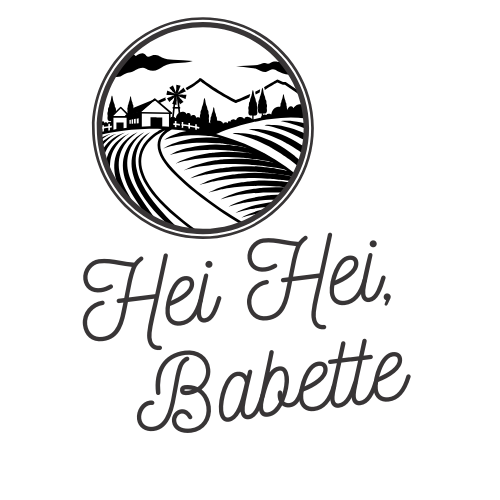

Great information
Thank you Jan, and thanks for stopping by!